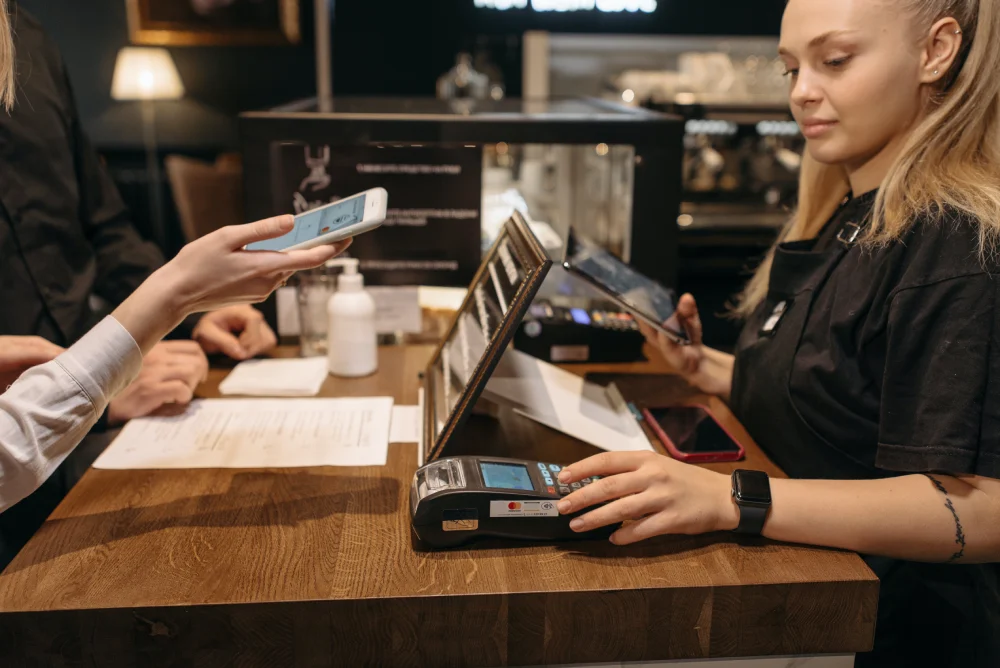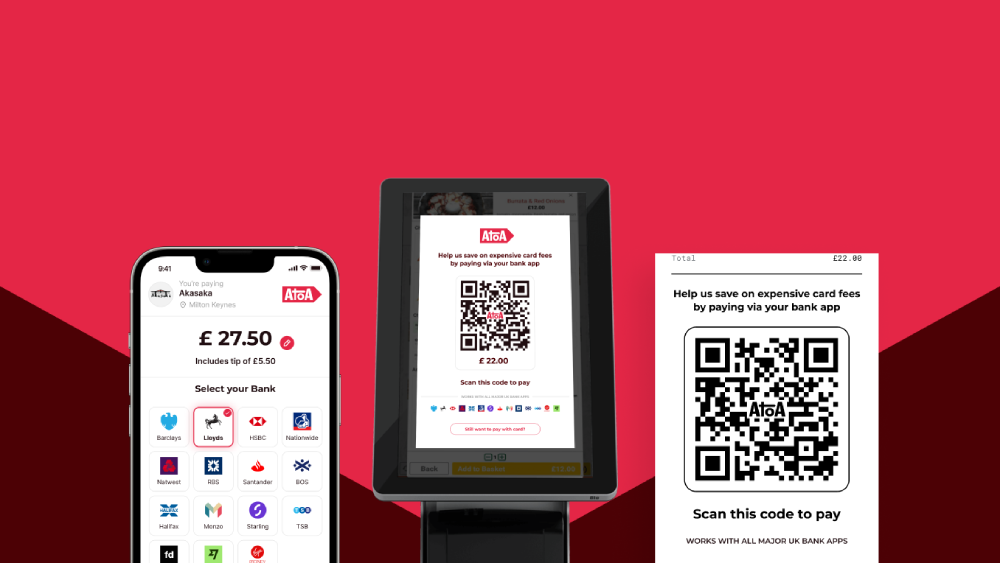Ready to get started?
Get paid faster and save up to 50% on fees with Pay by Bank.
Delays in payments slows everything down. Whether you’re running a café, managing bookings, or sending out invoices, everything takes a step back, from cash flow to customer experience. That’s why instant bank payments are gaining so much importance across the UK. This allows you to move money directly, securely, and in real time. But as payments get faster, the need for strong, behind-the-scenes security becomes even more important.
So how do these systems stay safe? And what’s being done to protect your business and your customers from fraud? Let’s take a closer look at the security measures built into today’s instant payment systems and why speed doesn’t have to mean risk.
Why strong security matters more than ever
With instant bank payments, transactions are completed in real time. There’s no buffer, no second review, and no grace period. That means security checks need to happen before the payment is approved, not after.
To build trust in this new way of paying, businesses and customers need to know that:
- Their data stays private.
- Their money moves safely.
- No one can make a payment on their behalf.
Without strong security protocols, the trust that powers faster payments would quickly unravel. The good news? Open banking technologies allow instant payments to be more secure than traditional card-based transactions.
Core security features behind instant bank payments
Here are the key features doing the heavy lifting and keeping instant payments safe.
Strong Customer Authentication (SCA)
Every instant bank payment must pass Strong Customer Authentication (SCA), a UK and EU requirement under PSD2 regulations. This means customers approve payments using:
- Something they know (like a password or PIN),
- Something they have (such as their phone), or
- Something they are (like a fingerprint or facial recognition).
Bank-level encryption
Security begins with encryption. The system encrypts payment data, customer information, and account details using bank-grade protocols. Even if data were intercepted, it would be completely unreadable without the proper keys. Encryption makes sure that sensitive information remains protected every step of the way. So, whether you’re sending a payment or receiving one, your sensitive information stays locked down.
Tokenisation and data minimisation
Instant bank payments keep your bank details private. Instead, the system uses temporary tokens to process the transaction. This limits data sharing and reduces fraud risks, protecting both you and the business.
Secure APIs and authorised access
Instant bank payments rely on secure APIs. Only FCA-authorised providers can access these APIs, and even then, only with explicit customer consent. This layered approach keeps both the payment journey and the associated data tightly controlled.
Real-time fraud prevention and monitoring
Real-time doesn’t mean unmonitored. Instant payment providers are constantly watching for strange behaviours, unusual patterns, or out-of-character activity. This means potential threats are detected and stopped before they can cause harm.
Keeping both businesses and customers protected
With instant bank payments:
- Customers approve every payment inside their trusted bank app. They never have to share PINs, card numbers, or passwords with businesses.
- Businesses benefit from no chargebacks. Once a payment is approved and completed, it’s final. This reduces costly disputes and fraud risks.
- Transaction confirmations happen immediately, creating a transparent audit trail that businesses can rely on.
Platforms like Atoa make it simple. Instant bank payments give you speed without the usual risks of card transactions. It’s cleaner, simpler, and gives both sides peace of mind.
Common myths about instant bank payment security
Let’s tackle some of the common worries about instant payments.
Myth: “Faster means less secure.”
Reality: Instant bank payments undergo stricter authentication checks than traditional card payments making them secure.
Myth: “Authorising access means others can reach my account anytime.
Reality: Instant bank payments require fresh consent for every transaction, unless you have set up a recurring plan like a Direct Debit.
Myth: “Hackers can easily steal my data.”
Reality: All providers must meet strict data protection standards. You give access only with your consent. Even then, it’s limited and securely encrypted.
Instant doesn’t mean careless, it means streamlined, verified, and protected.
Innovations shaping the future of secure instant bank payments
The industry isn’t standing still. Here’s what’s on the horizon:
- Biometric authentication: Using face ID or fingerprint recognition to approve payments.
- AI-driven fraud detection: Smart systems learning transaction patterns and spotting threats faster than humans ever could.
- More transparent auditing: Holding providers to account.
- Risk-based scoring: Checking each payment’s security level in real time before authorisation.
Key takeaways
Instant bank payments are no longer just a ‘nice to have’ feature, they’re becoming the new normal. And with the right security measures, like strong customer authentication, bank-grade encryption, and real-time fraud monitoring, speed doesn’t have to mean compromise. In 2025 and beyond, secure instant payments aren’t just the future, they’re the new standard. So, make sure you choose a provider that puts security at the heart of its platform.



